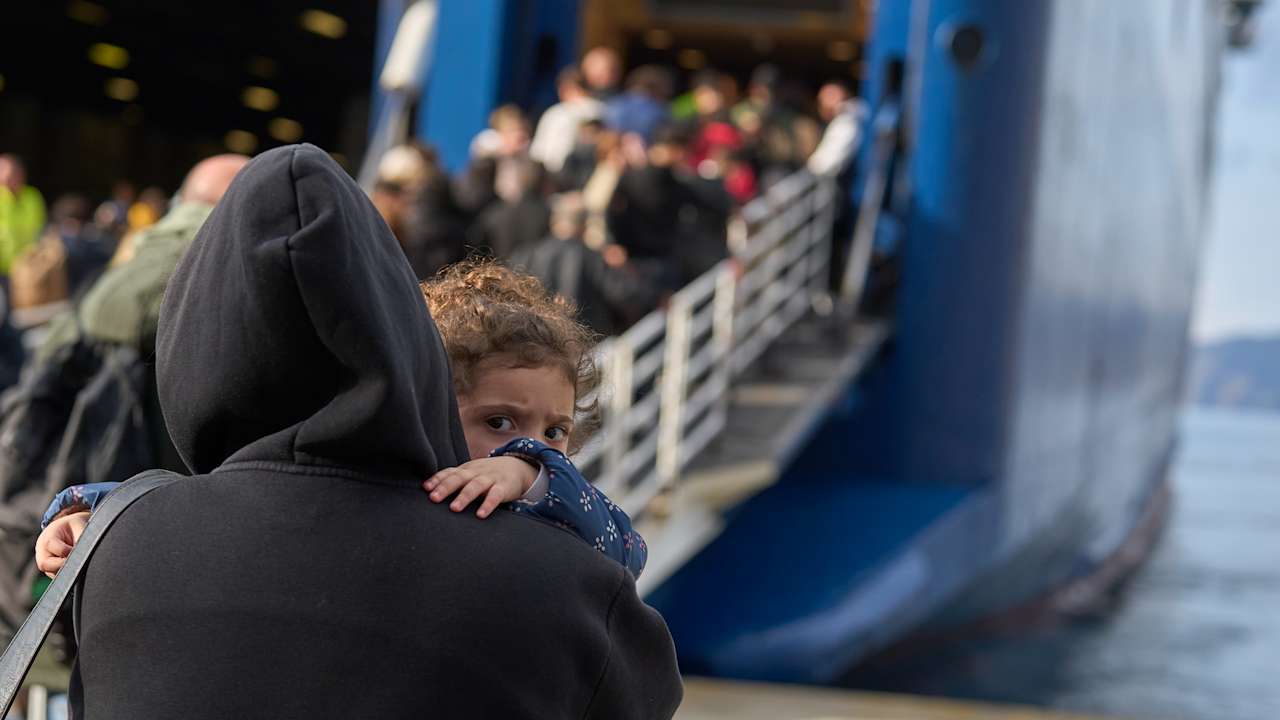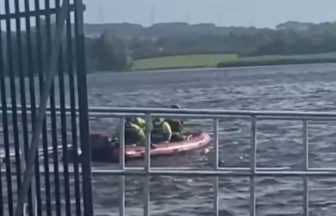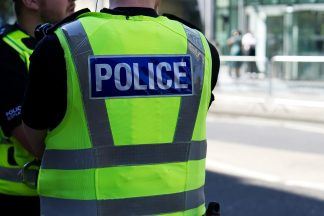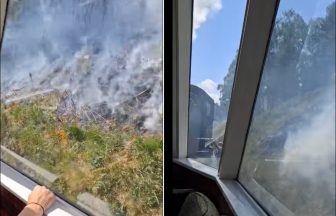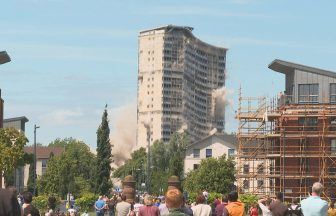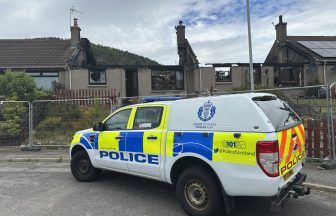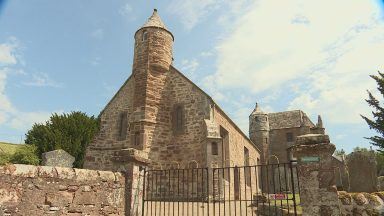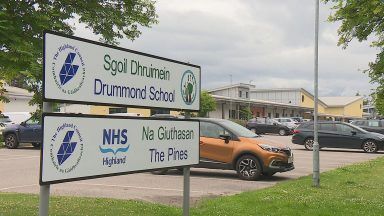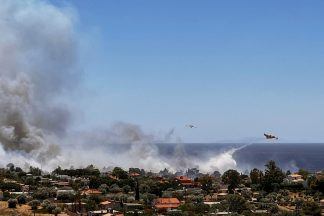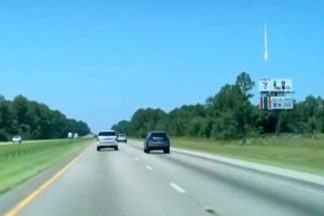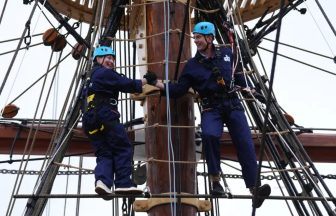Greek Prime Minister Kyriakos Mitsotakis has urged people on the island of Santorini to “remain calm” after a spike in seismic activity raised concerns about a potentially powerful earthquake.
Emergency services have been deployed to the popular tourist destination – and neighbouring islands in the Aegean Sea – after more than 200 undersea tremors were recorded in the area over the past three days.
Many of the quakes have measured over 4.5 on the Richter scale.
While Greek seismologists say the activity is not linked to Santorini’s volcano, they acknowledge that the pattern is cause for concern.
“We have a very intense geological phenomenon to handle,” Mr Mitsotakis said.
“I want to ask our islanders, first and foremost, to remain calm and to listen to the instructions of the civil protection.”
Watch as a spike in seismic activity triggers a rockslide on a cliff face in Fire, Santorini.
Safety alert warnings about the potential for rock slides were sent to people on the island, while several of the earthquakes have caused loud rumbles.
Authorities have banned access to some seaside areas, including the island’s old port, that are close to cliffs.
Residents and visitors were advised to avoid large indoor gatherings and areas where rock slides could occur. Hotels have also been instructed to drain swimming pools to reduce potential building damage from an earthquake.
Schools have been closed across Santorini and the nearby Aegean Sea islands of Amorgos, Anafi and Ios.
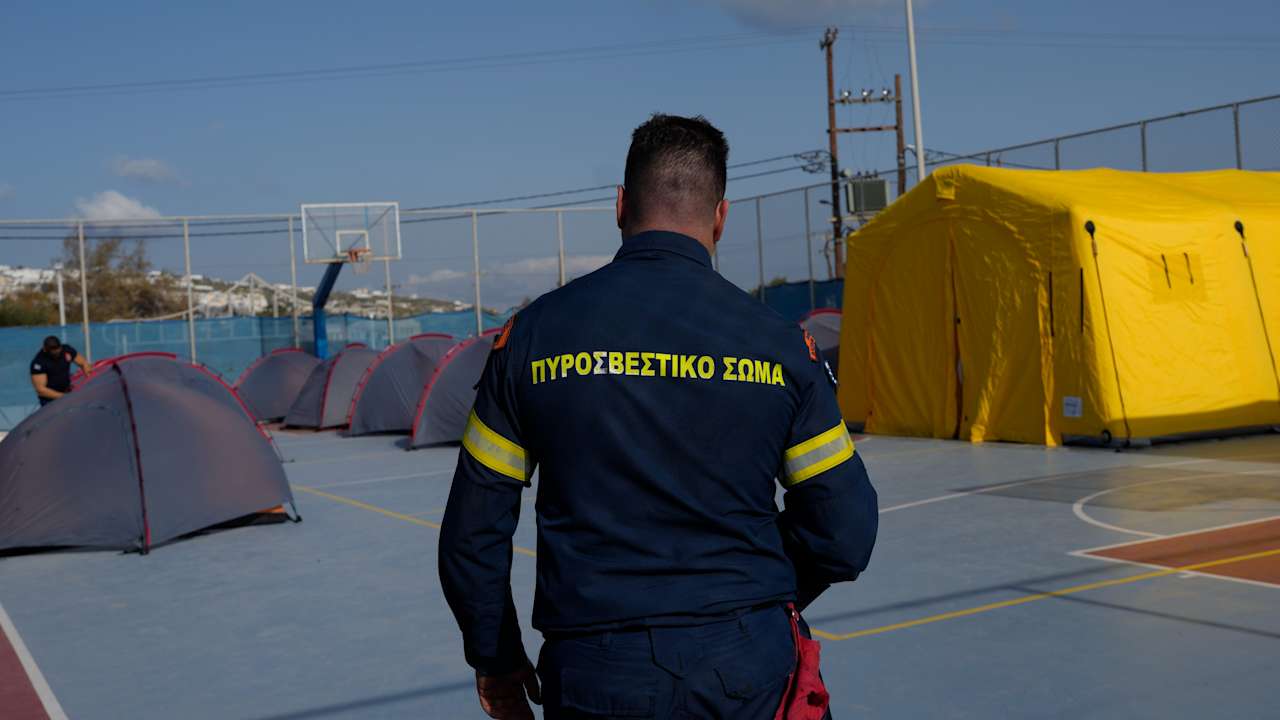
Fire and rescue teams who arrived on the island on Sunday have set up tents as a staging area inside a basketball court next to the island’s main hospital.
Fire Brigadier Ioannis Billias said: “We arrived last night, a 26-member team of rescuers and one rescue dog,” adding that many residents spent the night in their cars.
Many locals and tourists are worried. “I have never felt anything like this and with such frequency — an earthquake every 10 or 20 minutes, said Michalis Gerontakis.
“Everyone is anxious even if some of us hide it not to cause panic, but everyone is worried.”
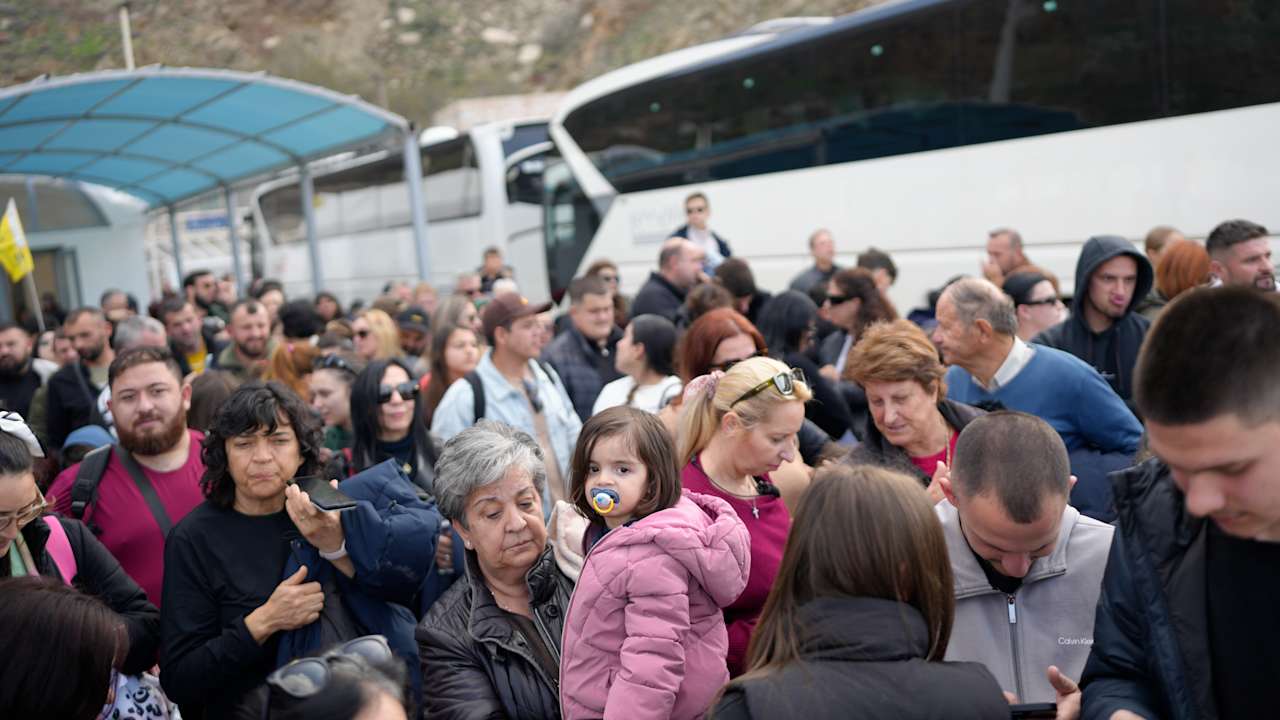
Extra flights have been scheduled to help people leave the island, while some chose to evacuate via ferry.
“We’ve had earthquakes before but never anything like this. This feels different,” said Nadia Benomar, a Moroccan tour guide who has lived on the island for 19 years. She bought a ferry ticket on Monday for the nearby island of Naxos.
“I need to get away for a few days until things calm down,” she said.
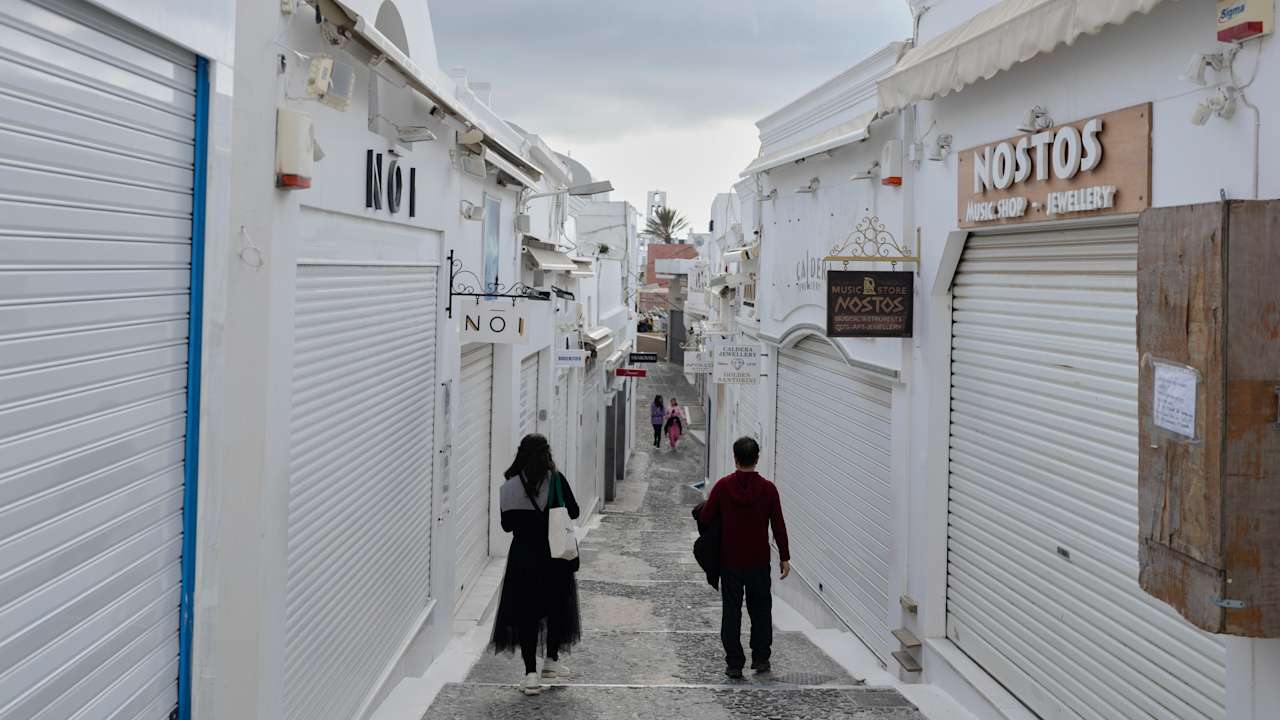
“The situation has not changed and we cannot say that the seismic activity will end immediately. It will take a few weeks”, the head of Greece’s Earthquake Planning and Protection Organization, Professor Efthymios Lekkas said.
Santorini is one of a chain of volcanic islands created by plate tectonics known as the Hellenic Arc. Although it is still an active volcano, the last major eruption was in 1950.
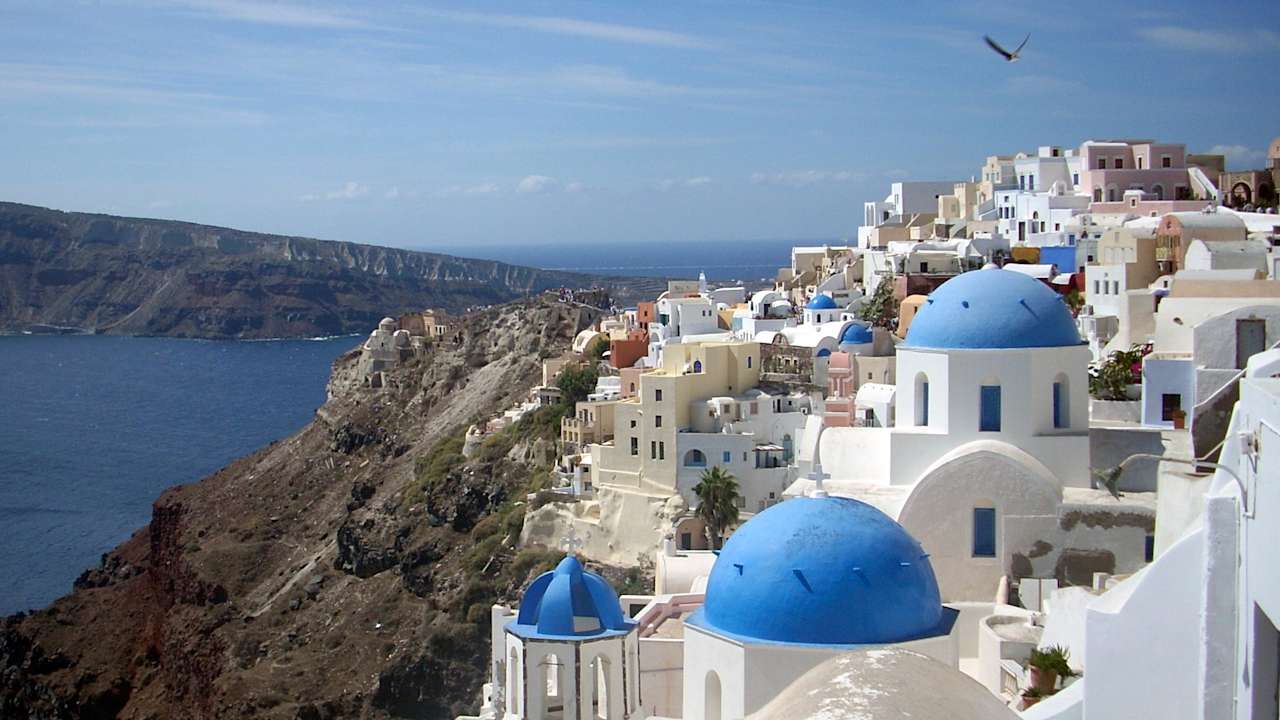
The island draws more than 3 million visitors annually to its whitewashed villages, built along dramatic cliffs formed by a massive volcanic eruption – considered to be one of the largest in human history – more than 3,500 years ago.
That eruption, which occurred around 1620 BC, destroyed a large part of the island, blanketed a wide area in meters of ash, and is believed to have contributed to the decline of the ancient Minoan civilization which had flourished in the region.
Follow STV News on WhatsApp
Scan the QR code on your mobile device for all the latest news from around the country


